Your Next Computer Might Not Have an AMD or Intel Processor
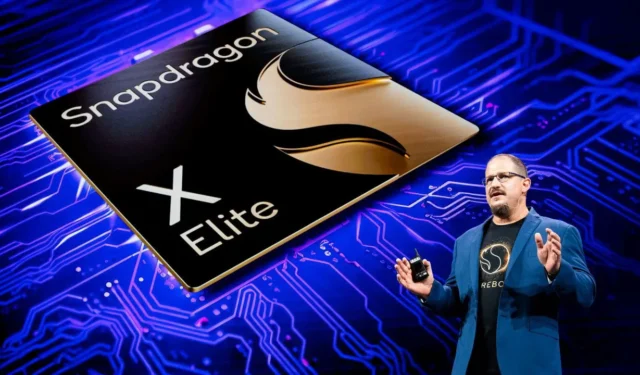

Intel and AMD have been part of the status quo in the CPU market for decades now. Thanks to the widespread adoption of their x86 processors and the poor software support of Arm-based CPUs, the two companies went unchallenged for years. But, there might be a disruption in the making with the new wave of Arm processors from Qualcomm. For the first time, your next laptop might not have an AMD or Intel processor.
The Third Coming of Windows on Arm
You might be familiar with the army of Snapdragon chips powering many of today’s smartphones. Well, these chips, also produced by Qualcomm, use the Arm architecture or instruction set, just like the other mobile SoC series such as Mediatek, Exynos, Unisoc, and Google Tensor.
You might be wondering that if these Arm chips are so widespread in the mobile world, why haven’t they succeeded on desktops and laptops? It’s not for lack of trying. Microsoft has partnered with Qualcomm twice in the past, trying to make Windows on Arm happen – once in 2012 with Windows RT and then again in 2017 with a version of Windows 10. In both instances, Arm processors faced many problems, like a lack of native applications, the superior performance of x86 CPUs, and the existing compatibility of business systems with x86 processors.
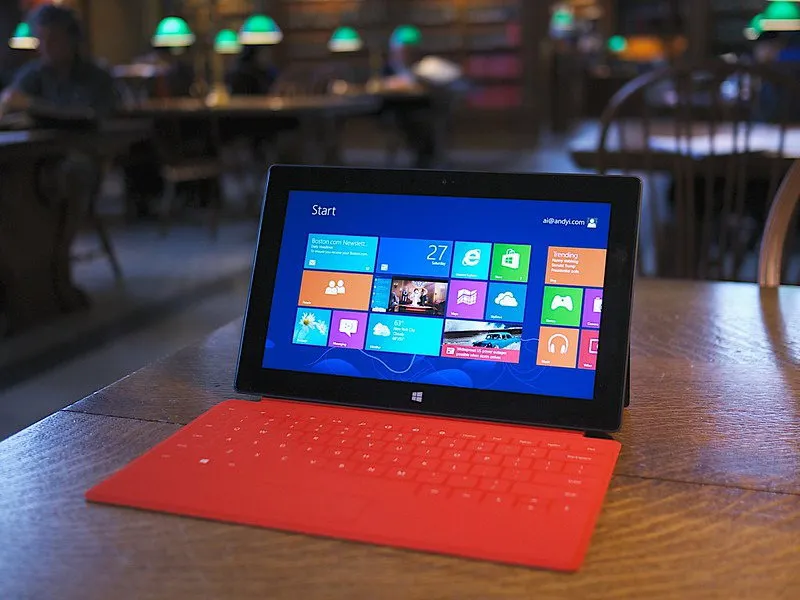
In late 2023, Qualcomm announced its new Arm-based SoCs which are powered by the new Oryon 12-core CPU, Adreno GPU, and Hexagon NPU (neural processing unit), and are called the Snapdragon X Elite and Snapdragon X Plus. Qualcomm is making some big claims in terms of performance, battery life, and AI processing. They’re even claiming their new chips are up to twice as fast as those from the competition while using a third of the power. They’re also claiming up to 50% more performance than the AMD Ryzen 9 7940HS and Intel Core Ultra 9 185H – that’s phenomenal.
You might know that Apple moved to Arm-based processors in 2020 with its M-series chips. Qualcomm is also claiming that its new chips beat the M3 MacBook Pro in multi-threaded performance by around 30%. While the early benchmarks are promising, the results compared to Apple’s MacBooks have been less impressive. The fact that it is still keeping pace with Apple’s M3 chips is certainly nothing to be scoffed at.
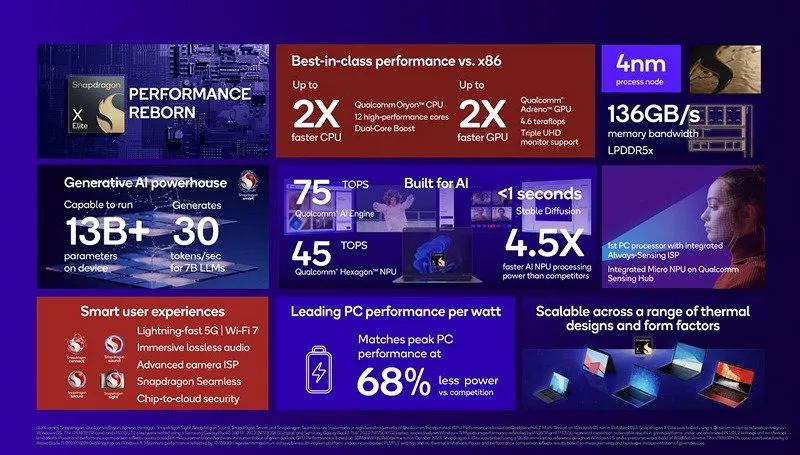
This new entry of Qualcomm might be its biggest one by far, considering the backing of industry giants which include Microsoft, Asus, Lenovo, Samsung, Dell, HP, and Acer. In today’s AI PC era and on-device AI hardware, the strong 45 TOPS performance of the Snapdragon X NPU is quite promising. Once the developers start developing more application for Arm, the whole Arm on laptop space would heat up pretty quickly. Another crucial litmus test for Qualcomm will be the performance of x86 code on its Arm processors (via emulation).
Intel is Confident of Lunar Lake
Intel is getting Lunar Lake ready – its next-gen mobile processors succeeding the current Meteor Lake (now known as Core Ultra) chips. These next-gen processors are betting big on Intel’s E-cores rather than the P-cores to maximize power efficiency and battery life. Intel’s hybrid architecture consisting of Performance and Efficiency cores has been the key to balancing performance and efficiency since the company’s 12th Gen Alder Lake CPUs.

Intel is pretty confident that it can “bust the myth” that Arm is more efficient than x86, once its Lunar Lake processors are launched later this year. Intel has been in a tough spot since Microsoft announced that its new Copilot+ features won’t run on Intel’s Meteor Lake chips, since their NPU’s 11.5 TOPS lags far behind Microsoft’s 40 TOPS minimum.
Snapdragon X Elite’s NPU, on the other hand, is capable of 45 TOPS, comfortably beating Meteor Lake in AI performance. So, Intel is hoping its Lunar Lake chips with a promised 48 TOPS NPU performance will help turn things around. For now, Lunar Lake is not available yet, whereas the Snapdragon X Elite machines are already available for people to buy. It is a matter of who will grab the most market share now.
AMD and Nvidia Might Compete With Qualcomm
Yes, you read that right. According to a Reuters report, both AMD and Nvidia are planning to develop Arm CPUs of their own and compete with Qualcomm in the Windows on Arm market. Reports claim that we could be seeing Arm chips from both AMD and Nvidia as soon as 2025. The entry of these giants into a nascent market could result in a big shakeup for the Windows PC space.
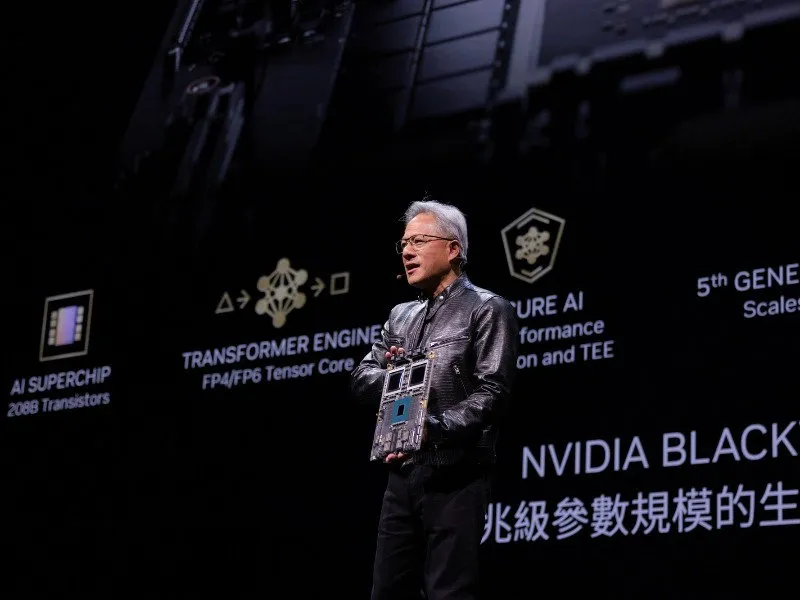
Both AMD and Nvidia have tons of experience developing mobile processors with both CPU and GPU cores; even Arm CPUs. So, both companies eyeing the Windows on Arm market isn’t as ludicrous as some might believe. Currently, Qualcomm is Microsoft’s exclusive partner for Arm chips till 2024. But, things could change if AMD or Nvidia manage to deliver better products and sign a better deal with Microsoft.
Nvidia might even partner with Intel to manufacture its Arm CPUs. Nvidia CEO Jensen Huang has previously mulled using Intel’s foundries for producing its GPUs; that sentiment could very well extend to CPUs too. AMD partnering with Intel might not happen, and since the company doesn’t fabricate its own CPUs, it’ll outsource the manufacturing to its existing fab partner TSMC, which incidentally manufactures almost 100% of all ARM CPUs in the world.
Qualcomm Has a Head Start
The pieces are coming together for a new class of CPU to carve out a niche in the Windows PC market. Qualcomm is the first out of the gate with its Snapdraon X series processors, with multiple products already in the wild. And the performance and battery life benchmarks have been nothing but promising, considering this is a first-gen product. Even if Qualcomm doesn’t manage to beat Intel, AMD, or Apple outright, it has created a big splash in the industry, and things will only improve from here.
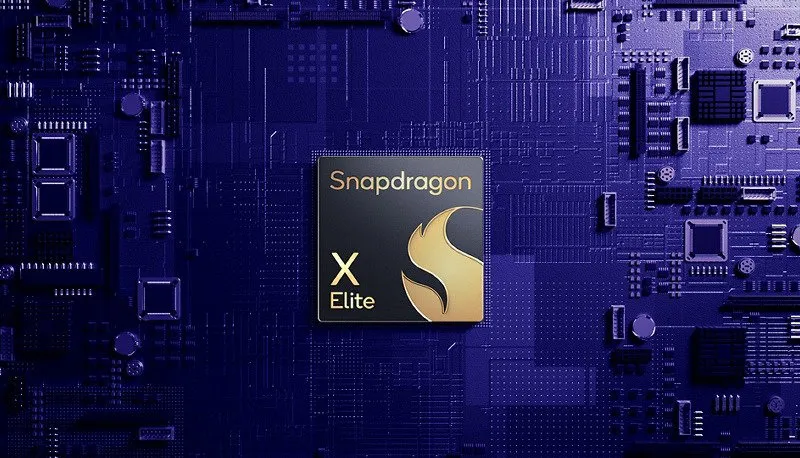
Clearly, Windows on Arm is a lucrative market, as seen by the interest of companies like Nvidia and AMD to make Arm chips of their own. Plus, the AI PC hype is pushing everyone to develop stronger NPUs than the competition. Intel’s Lunar Lake chips have a big point to prove in a few months, and even Apple has been put on notice, considering the impressive showing of the Snapdragon X machines against its M3 MacBooks. Its M4 chips are certainly far ahead of everything else, but things might not stay that way for long.
Exciting Times Ahead for Windows PCs
Windows on Arm might be limited to laptops for the near term, but it is nonetheless interesting to see how the market shapes up. Apple has enjoyed great success transitioning from Intel to custom Arm chips, and now Qualcomm is following suit, with AMD and Nvidia possibly joining the party next year. Even the desktop CPU market is looking compelling with AMD’s Ryzen 9000 series chips arriving in July and Intel’s Arrow Lake chips coming later this year.
Image credit: Qualcomm.


Deixe um comentário